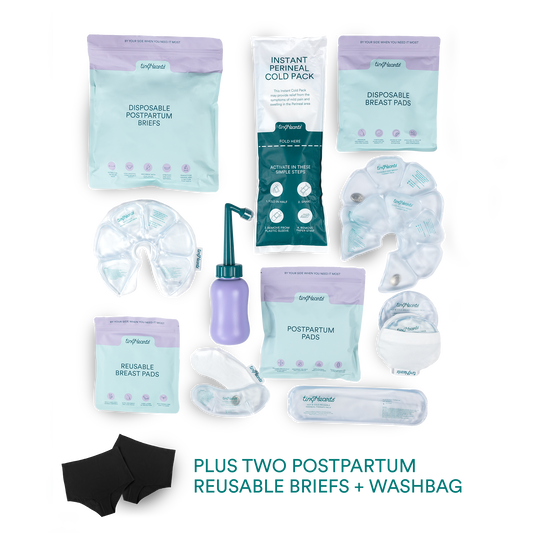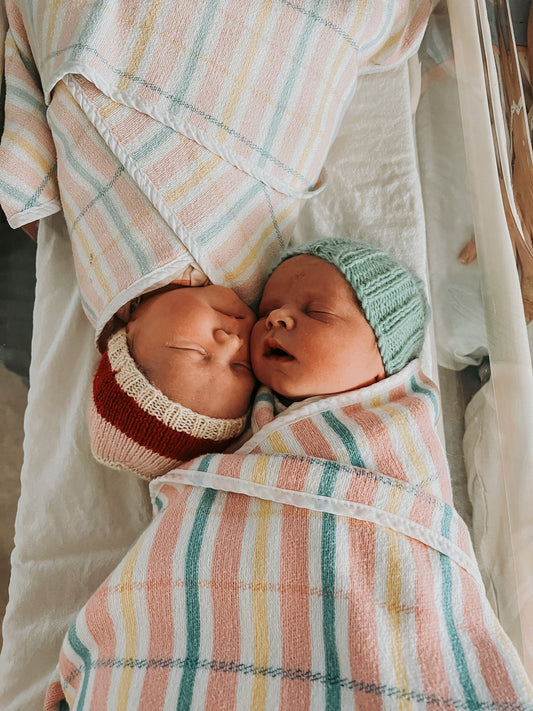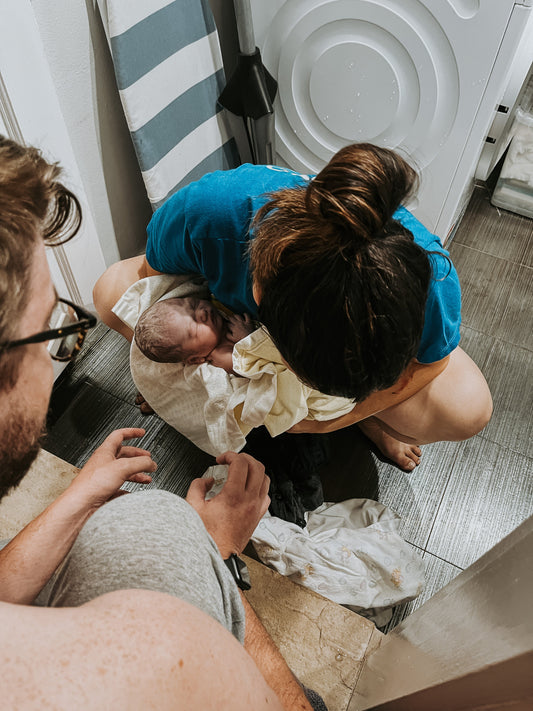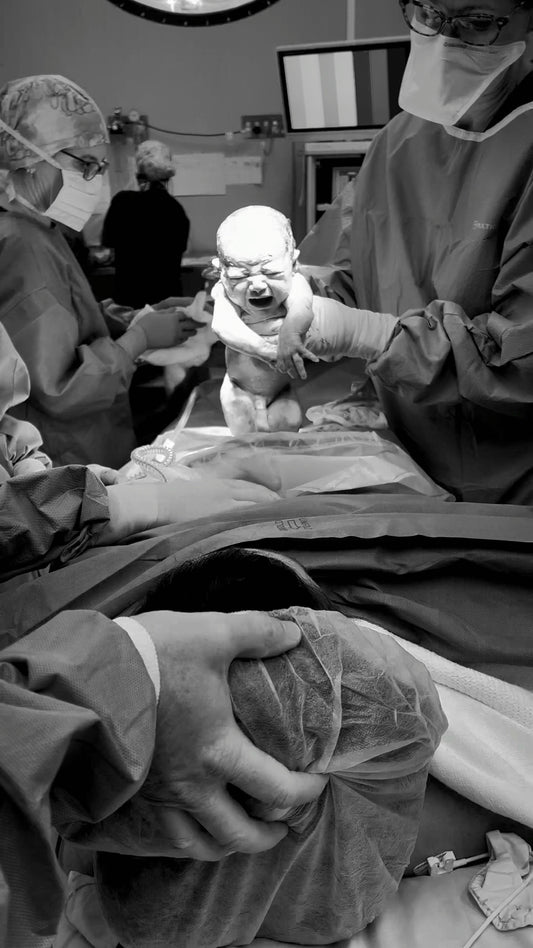For most mothers, breastfeeding is a learned art. While milk production can come naturally, it can take some time practising latching and delivering milk to bub's mouth.
Most women will experience some discomfort while breastfeeding at some stage in their breastfeeding journey. Finding the best position that allows comfort to you and your baby will help make the experience as pleasant as possible. It's important to remember that every mother is different, and a position that works for one mum might not work for you. So, we put together a list of the most common breastfeeding positions and some tips to make your bonding time more comfortable.
Cradle Hold
The cradle hold is the most common and comfortable breastfeeding position for both mother and child. Place yours and your baby's chests together, while your baby's head rests comfortably in the crook of your elbow. You need to support your baby with your arm placed along the back and neck.
Cross-Cradle
The cross-cradle involves using the opposite arm as a cradle hold to support your newborn. Support the back of your baby's head is in your hand, and use the other to support and frame your breast to better help with latching. This position allows you to guide your newborn to your breast for latching.
Clutch
The clutch position is when the baby is positioned at your side, with the baby's whole body tucked underneath your arm. You can cradle the baby's head in your hand, to smoothly guide them to your breast. This breastfeeding position is ideal for mum's who have undergone a cesarean section as the baby doesn't rest on the stomach or chest. This position is also great for a baby who is having trouble latching because their head is fully supported by their mother's hand.
Side-Lying
The side-lying position requires you to lie on your side and face your baby. While your bub is lying, the mouth is lined up with the nipple for ease of latching. This position is also ideal for women who have undergone a cesarean section as there is no pressure on the chest or abdomen.




Positions from left to right: Cradle hold, cross-cradle, clutch, side-lying
While these positions are all great places to start, be sure to find a position that feels comfortable for you and your baby. With some practice and trial and error, you'll find the position that works best for you and your bub.
For more tips and information on breastfeeding and bottle feeding, come along to a Bump, Birth and Beyond course! To view dates or to book, please click here.







